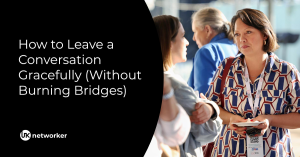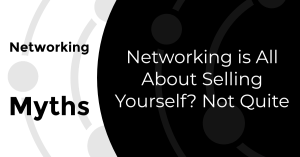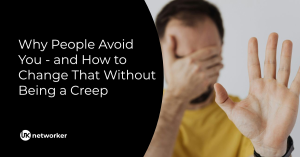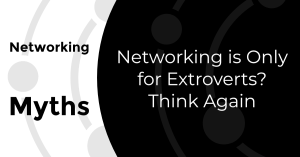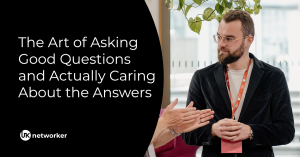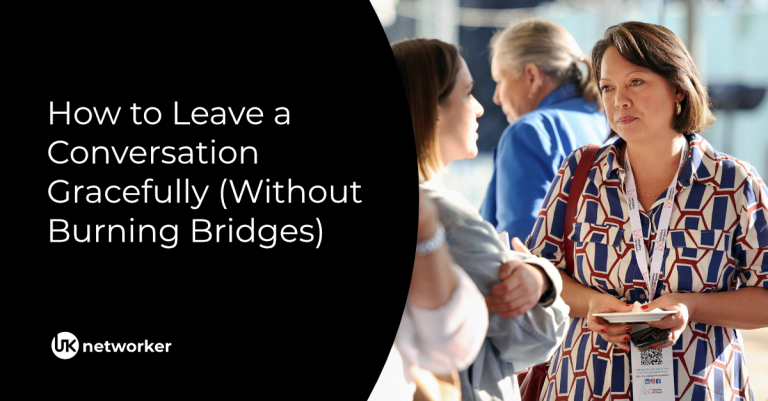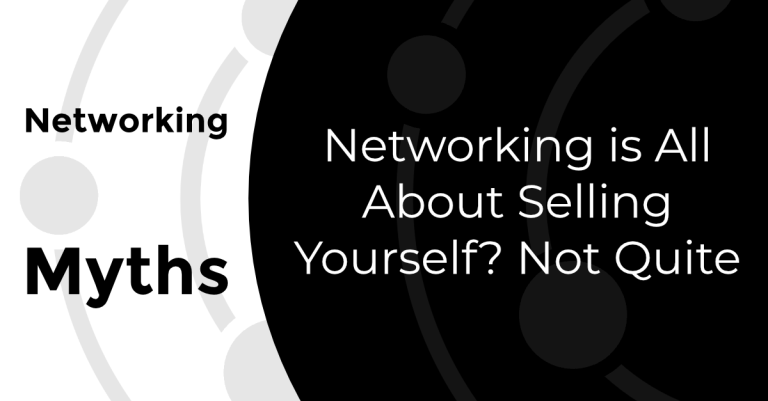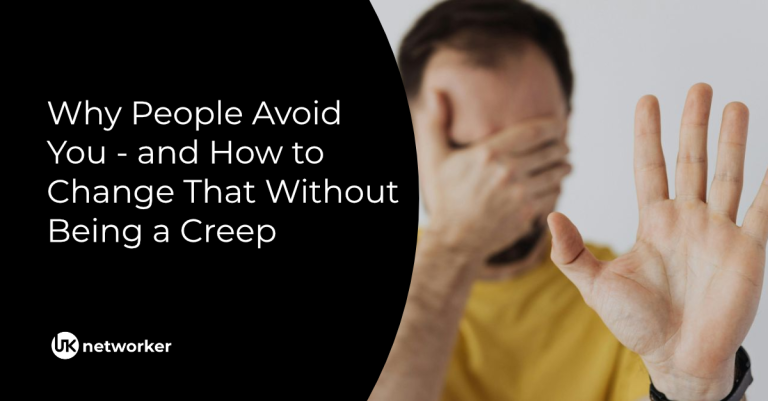Walk into any networking event and you’ll feel it straight away – the hum of conversation, the shuffling of introductions, the ebb and flow as groups form and break apart. It can feel fast, sometimes chaotic, like there’s an unspoken beat you’re supposed to keep up with. But the real key to networking isn’t matching that external rhythm. It’s finding your own.
Networking works best when you settle into a pace that feels natural to you. Instead of burning out by trying to do what everyone else is doing, you can move with more ease, connect more honestly, and leave feeling like the event gave you something real. The strongest networkers aren’t the loudest or the busiest, they’re the ones who know their rhythm and hold to it.
There’s No Universal Formula
Advice columns are full of rules: shake ten hands, collect twenty cards, follow up within 24 hours. They make networking sound like a numbers game. But most professionals know it doesn’t work like that. A single conversation can be more valuable than an evening of polite small talk. What matters is the quality of the exchange, not the quantity. Your rhythm might mean two deep conversations, or a sweep of introductions that sets up coffee meetings later. Both work, as long as they suit your style.
At UKNetworker we hear that some members use the Featured Events Portal to help fill their diary with a steady stream of events. Others dip in occasionally, choosing carefully where they’ll show up. The platform works either way, because networking isn’t about fitting a single mould, it’s about building habits that match the way you like to connect.
Energy Management Matters
Events can be surprisingly demanding. Even the friendliest breakfast or the most relaxed evening meet-up can drain you if you’re forcing yourself into the wrong rhythm. Extroverts might thrive on moving quickly between groups, while reflective types find depth in staying put. The real trick is noticing your energy. When you need to pause, step aside, or recharge with a coffee, do it. Rhythm isn’t just about how you talk, it’s about how you pace yourself through the whole event.
We wrote recently about networking for people who’d rather be anywhere else. Many of those tips come down to rhythm – giving yourself permission to move at a speed that doesn’t leave you overwhelmed. When you respect your energy, you also respect the people you’re speaking to, because you show up present and attentive instead of half-distracted.
The Flow of Conversation
Once you’re in a group, rhythm shows itself in the way you listen and speak. Some professionals lead with questions, others with stories, others with a steady, thoughtful silence. None of these is wrong. What makes them effective is timing. When you join in, when you pause, when you open the floor to someone else. Rhythm in conversation is less about what you say and more about sensing the flow and adjusting in the moment.
Think of it as a kind of dance. You don’t have to dominate the steps, but you do have to hear the music. A well-timed question, a pause that lets someone expand, or a natural shift of attention to another person in the group… These are what make you memorable. Our piece on asking good questions digs into this in more detail. A common thread is rhythm: being alive to the moment and moving with it, rather than against it.
Arrivals, Departures, and Timing
Not all rhythm happens inside conversations. It also shapes when you show up and when you step away. Some people prefer arriving early, catching quieter one-to-ones before the room fills. Others step in later, once the energy is high and the groups are buzzing. There’s no single best choice. What matters is choosing the moment that makes you feel ready.
UKNetworker makes it easy to experiment with this, helping you discover a wide range of event formats and times. Try a structured breakfast one week and an informal evening mixer the next. Pay attention to how each feels. You’ll soon learn when you’re sharpest, most at ease, and most likely to connect in a way that lasts.
Following Up at Your Own Pace
The rhythm doesn’t stop when you leave the venue. How you follow up afterwards can be just as defining as how you worked the room. Some professionals send messages that same evening, while others take a day or two to reflect before reaching out. Both approaches can work, as long as they’re consistent. The danger isn’t in being quick or slow – it’s in being unpredictable, leaving people unsure if the connection meant anything.
Here again, rhythm matters. A short thank you that night, a thoughtful note mid-week, or an invitation to a one-to-one… Whichever you choose, let it be something you can sustain. Over time, this rhythm builds trust. People learn that when they meet you, the conversation won’t just end at the door. It carries forward into something steady and valuable.
Networking doesn’t reward those who try to match the fastest beat in the room. It rewards those who discover the rhythm that lets them be fully present. Once you find yours, you’ll notice how much easier it feels to connect, and how much longer those connections last.

